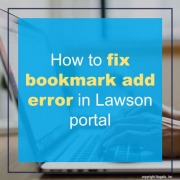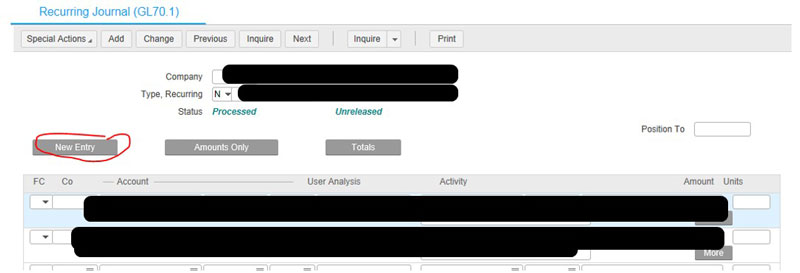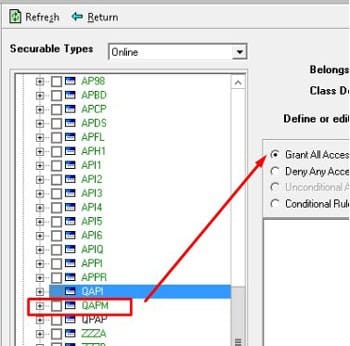Infor recently announced that Symega Food Ingredients has automated business operations with Infor PLM (Optiva) to promote collaboration, enterprise-wide visibility, and scalability to accelerate innovation and growth. Symega produces natural colours, flavours and savoury blends for diverse food and beverage(F&B) segments such as bakery, dairy, confectionary, pharma and savoury across many countries. Per the press release, Symega implemented Infor PLM (Optiva) to significantly reduce product development cycle time, while ensuring regulatory compliance standards are met. With the help of the Infor solution, Symega was able to unify dispersed data and complex business processes across multiple functional groups in the organization. With increased automation, Symega anticipates productivity improvements and lowered operational costs over time, while delivering quality products to customers and enhancing the overall customer experience.













